Accelerate Kubernetes Adoption with Terraform Blueprints
Simplify Cloud Deployments with Kubernetes-Centric Architectures
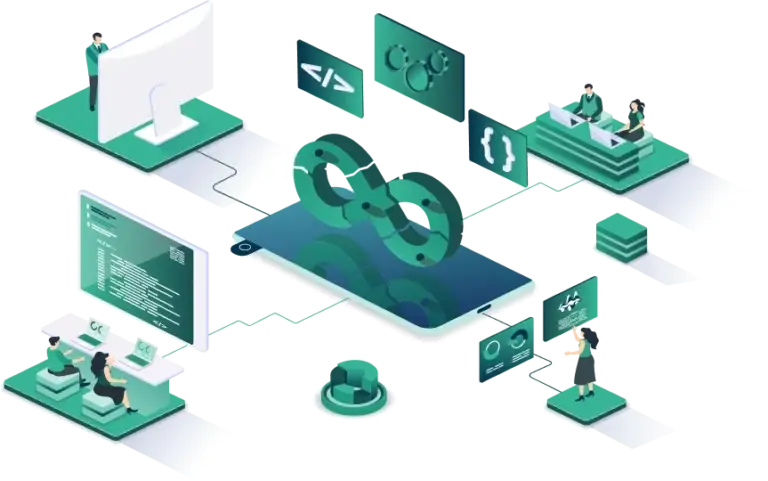

How to Accelerate Kubernetes Adoption with SquareOps Automation
We are an AWS Advanced Consulting Partner and a leading provider of automated Kubernetes solutions. Our SquareOps Kubernetes Adoption Framework (SKAF) is designed for seamless, efficient, and scalable Kubernetes management. As an AWS partner with the EKS Service Delivery Badge, we ensure best-in-class Kubernetes deployments across EKS, GKE, and AKS, driving results that matter.
Unlock the potential of Kubernetes-powered architectures with our battle-tested Terraform modules. Our blueprints provide fully integrated solutions for Kubernetes clusters, supporting components like databases (RDS), observability, security, and disaster recovery. Built for scalability, our blueprints are continuously updated to ensure compliance with the latest standards, including CIS benchmarks.
Benefits for Your Business
Instant Kubernetes Launch
Launch production-ready Kubernetes clusters with infrastructure as code for faster go-to-market times.
Plug-and-Play Modules
Effortlessly build complex architectures using our ever-growing library of pre-built Terraform modules
Cloud Agnostic
Deploy across AWS, GCP, or Azure using our adaptable Terraform blueprints for multi-cloud.
Enhanced Security
Each blueprint comes with built-in CIS compliance, reducing your risk from day one.
Reduced Downtime
Integrated disaster recovery solutions ensure minimal disruption to your operations during failures.
Cost Optimised
Leverage pre-configured cost optimization strategies, ensuring reduced cloud expenditure.
Use Cases

Microservice Delivery
SquareOps Managed Kubernetes is ideal for microservice architectures, ensuring security, resource optimization, and real-time observability through tools like Helm and Istio.

Multi-Tenant SaaS Delivery
Our automation platform supports multi-tenant SaaS applications, maintaining isolation, compliance, and enhanced performance.

Multi-Account and Multi-Region Deployments
We support complex multi-region deployments with advanced security policies and efficient cost management.

Cloud Agnostic Deployments
For businesses seeking flexibility, we offer cloud-agnostic setups using Terraform and Kubernetes to ensure seamless scaling and cross-cloud functionality.
What SquareOps Managed Kubernetes Automation Offers
Our managed service covers the entire Kubernetes lifecycle, including DevSecOps, Monitoring and Observability, and Deployment Readiness.
-
Complex Architectures
-
Scalable Infrastructure
-
Full Observability
-
CI/CD & DevSecOps
-
Security & Compliance
-
Disaster Recovery

Build diverse, flexible architectures for various workloads, from microservices and web apps to IoT applications. Use pre-integrated Kubernetes modules, enabling you to deploy complex, multi-tier setups with minimal overhead and ensure optimal performance in any environment.

Implement advanced scaling mechanisms like Horizontal Pod Autoscaler (HPA), Vertical Pod Autoscaler (VPA), and Karpenter to optimize resource allocation. Automatically scale workloads based on demand while leveraging a mix of spot and on-demand instances for cost efficiency.

Integrate a comprehensive observability stack using Grafana, Prometheus, and Elastic Cloud to monitor key infrastructure components such as servers, databases, and networks from the get-go. Extend observability to other tools for deeper insights and proactive issue detection.

Ensure secure, automated pipelines with CI/CD embedded into your Kubernetes lifecycle. Incorporate security checks at every stage of development, including vulnerability scanning and compliance testing, to deliver updates faster and more securely, without compromising quality.

Meet industry-standard security and compliance requirements with built-in CIS benchmarks and automated security policies. Implement role-based access control (RBAC), secure VPNs, and regular vulnerability assessments to keep your infrastructure protected at all times.

Prepare for any disaster with robust strategies including backup and restore, pilot light, and active-active replication templates. These ensure your Kubernetes clusters can recover quickly, minimizing downtime and safeguarding critical workloads in the event of a failure.
Complex Architectures

Build diverse, flexible architectures for various workloads, from microservices and web apps to IoT applications. Use pre-integrated Kubernetes modules, enabling you to deploy complex, multi-tier setups with minimal overhead and ensure optimal performance in any environment.
Scalable Infrastructure

Implement advanced scaling mechanisms like Horizontal Pod Autoscaler (HPA), Vertical Pod Autoscaler (VPA), and Karpenter to optimize resource allocation. Automatically scale workloads based on demand while leveraging a mix of spot and on-demand instances for cost efficiency.
Full Observability

Integrate a comprehensive observability stack using Grafana, Prometheus, and Elastic Cloud to monitor key infrastructure components such as servers, databases, and networks from the get-go. Extend observability to other tools for deeper insights and proactive issue detection.
CI/CD & DevSecOps

Ensure secure, automated pipelines with CI/CD embedded into your Kubernetes lifecycle. Incorporate security checks at every stage of development, including vulnerability scanning and compliance testing, to deliver updates faster and more securely, without compromising quality.
Security & Compliance

Meet industry-standard security and compliance requirements with built-in CIS benchmarks and automated security policies. Implement role-based access control (RBAC), secure VPNs, and regular vulnerability assessments to keep your infrastructure protected at all times.
Disaster Recovery

Meet industry-standard security and compliance requirements with built-in CIS benchmarks and automated security policies. Implement role-based access control (RBAC), secure VPNs, and regular vulnerability assessments to keep your infrastructure protected at all times.
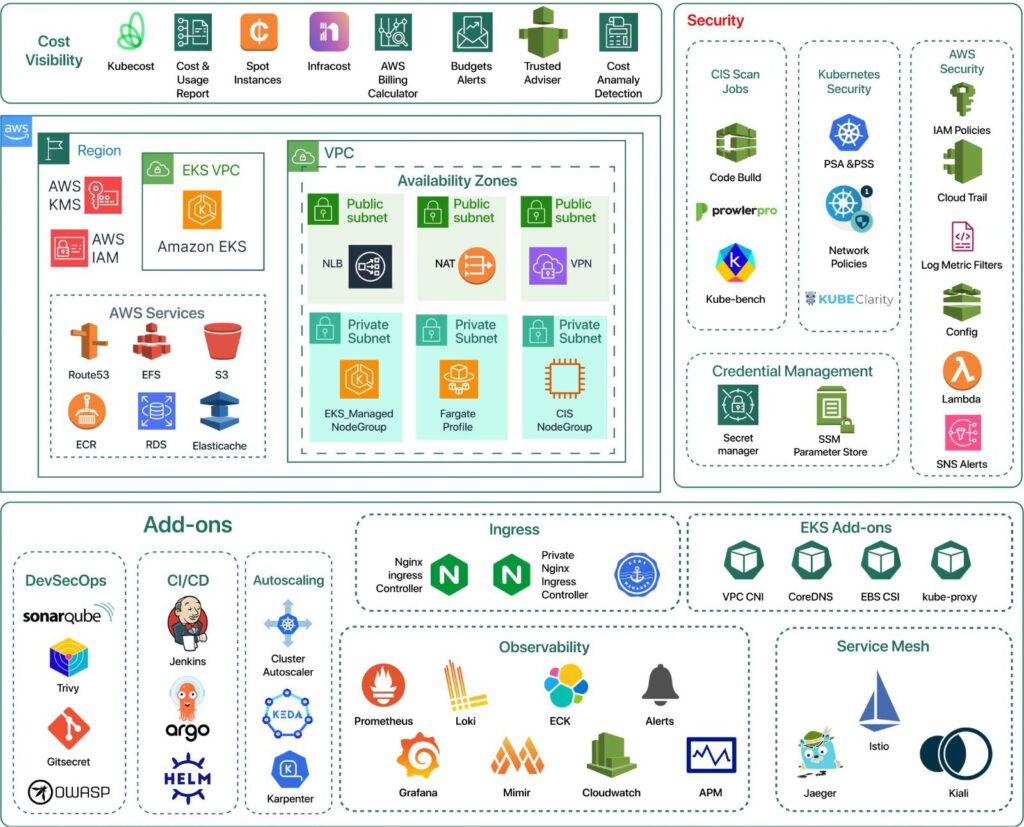
Ready to transform your Kubernetes adoption process? Leverage the power of automation with SquareOps to streamline your cloud-native deployments.
Success Stories
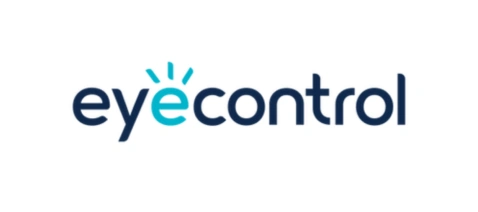
AWS Control Tower Strategy For EyeControl
- Case Studies
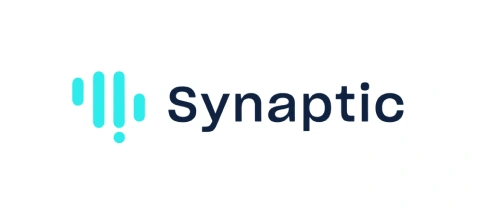
Transforming AWS Security Landscape For Synaptic
- Case Studies
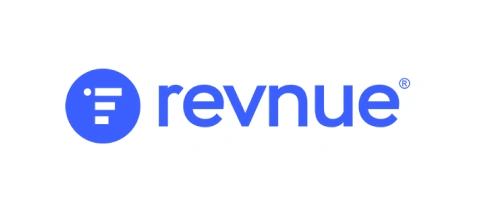
Revnue Increased 95% Efficiency With SquareOps
- Case Studies
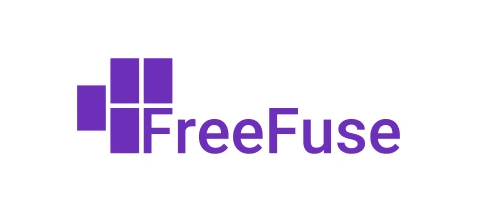
Freefuse CICD Implementation Journey
- Case Studies
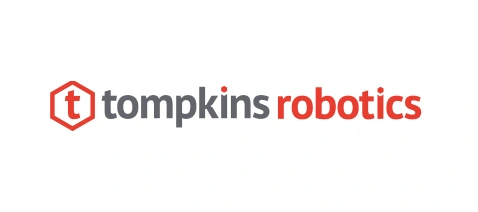
CICD For Warehouse Management Systems
- Case Studies
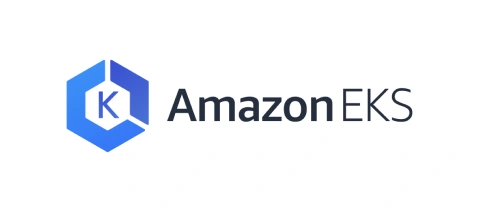
SAAS Kubernetes Deployment over AWS EKS
- Case Studies
Latest From our Blog

How DevSecOps Enables a Shift-Left Approach in Security
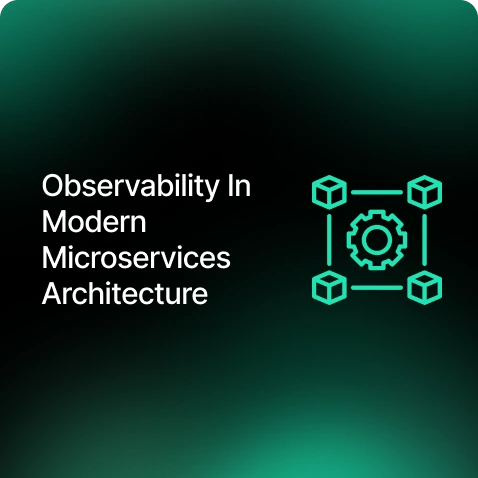
Observability In Modern Microservices Architecture
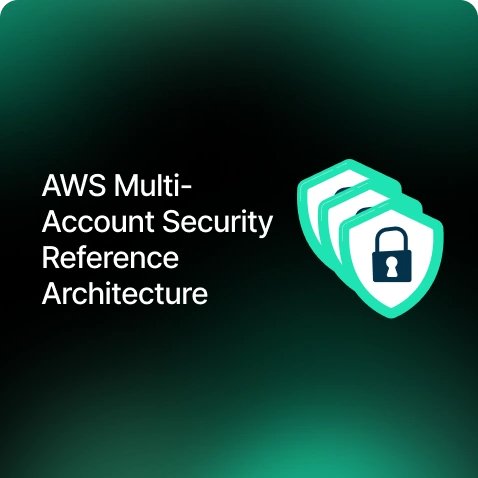
AWS Multi-Account Security Reference Architecture
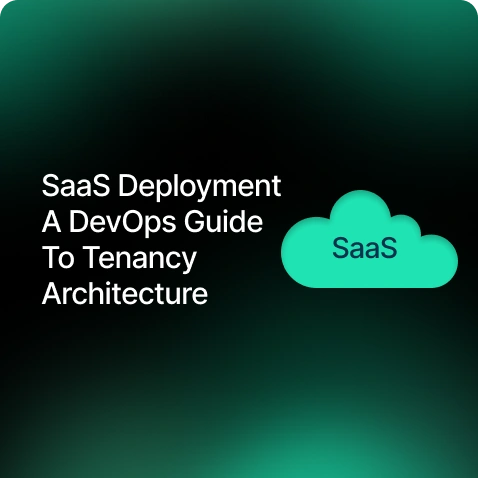
SaaS Deployment: DevOps Guide To Tenancy Architecture
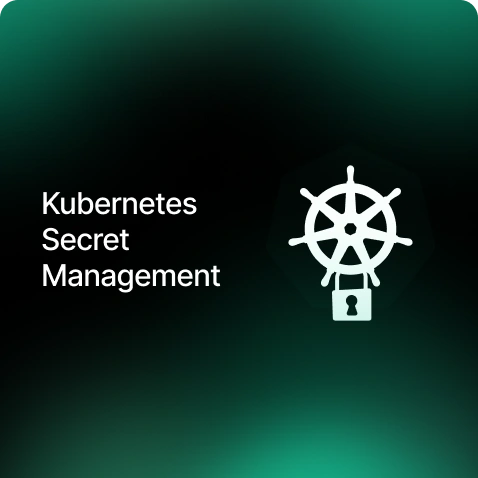
Transforming Kubernetes Secret Management
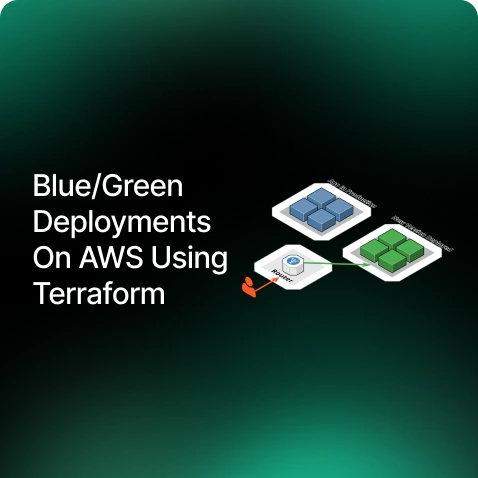
Blue/Green Deployments On AWS Using Terraform
Stay Ahead in the World of DevOps
Latest From our Blog

How DevSecOps Enables a Shift-Left Approach in Security

Observability In Modern Microservices Architecture

AWS Multi-Account Security Reference Architecture

SaaS Deployment: DevOps Guide To Tenancy Architecture

Transforming Kubernetes Secret Management

Blue/Green Deployments On AWS Using Terraform
Stay Ahead in the World of DevOps
Explore How SquareOps can help you with your DevOps needs? Talk to an expert!
Frequently asked questions
Kubernetes is a platform used to automate the deployment, scaling, and management of containerized applications.
Atmosly automates infrastructure management and application deployment across multiple clouds with single-click solutions, integrating security and observability into every step of the DevOps lifecycle.
Pods are the smallest deployable units in Kubernetes, encapsulating containers to run a single application instance.
Kubernetes manages and orchestrates microservices, allowing them to scale and communicate efficiently within clusters.
Kubernetes allows seamless orchestration and deployment across multiple cloud providers, giving flexibility in cloud strategies.
Terraform is an infrastructure-as-code tool that allows users to define and provision infrastructure resources across multiple cloud providers.
Terraform uses declarative configuration files to manage infrastructure, automating provisioning and updates across clouds.
Terraform modules are reusable configuration templates that simplify the deployment of complex infrastructures.
Terraform’s state management feature ensures infrastructure remains consistent across multiple environments.
Kubernetes cluster management involves overseeing nodes, workloads, and resources to ensure the optimal performance of your applications.
Kubernetes ensures high availability by distributing application instances across multiple nodes and automatically recovering failed components.
Implementing role-based access control (RBAC), enabling network policies, and regularly updating components are key security measures for Kubernetes.
Tools like Prometheus, Grafana, and Elastic Stack are often used to monitor Kubernetes clusters, offering real-time insights.
Kubernetes offers advantages like automated scaling, self-healing, portability across cloud providers, and seamless updates.
Terraform automates infrastructure provisioning, enabling consistent deployments and reducing human error.
Terraform supports multi-cloud by allowing infrastructure definitions to be deployed across various cloud providers from a single configuration.
Terraform is focused on provisioning infrastructure, while Ansible is more about configuration management.
Terraform is used for provisioning cloud infrastructure, managing Kubernetes clusters, and deploying applications.
